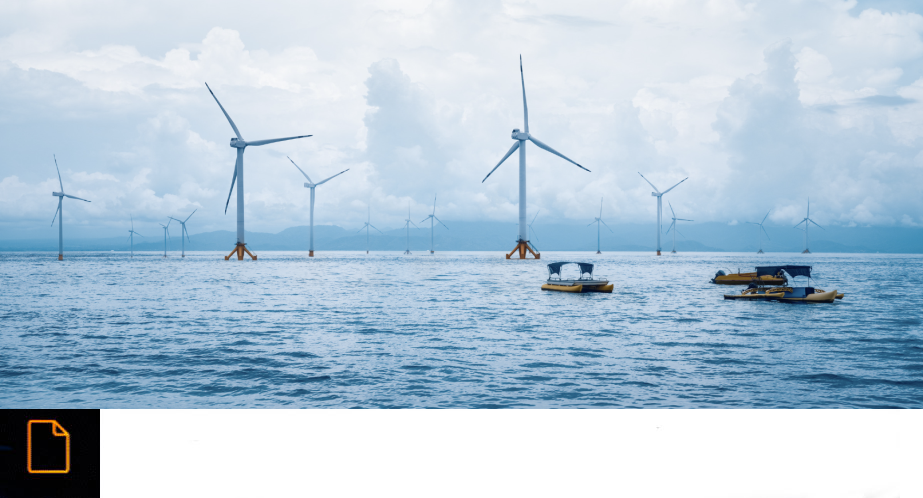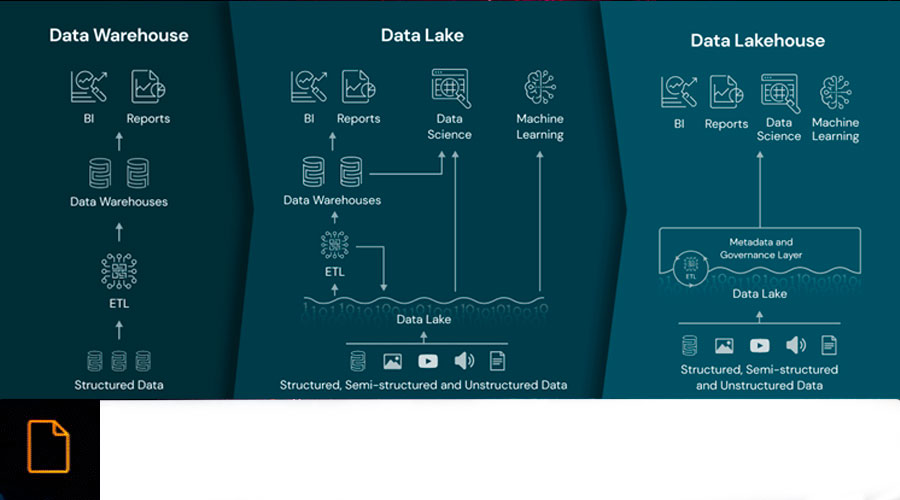DIGITAL REVOLUTION IN THE WIND ENERGY SECTOR
Written by Marketing
30 April 2023 | Wind | Intelligent Predictive Maintenance | Article
Wind energy has been a steadily growing renewable energy source for decades, but in recent years it has undergone a true digital revolution. Thanks to the digitization of the industry and the rapid evolution of technology, the wind sector has undergone significant changes in the way data is generated, managed and used. This has driven major improvements in the efficiency, reliability and sustainability of wind energy.
During 2022, wind power generation in the United States came to surpass coal and nuclear for the first time, according to the Energy Information Administration.
In Spain, wind power generation reached a milestone in 2022, reaching 30 GW of installed capacity, which represents 25% coverage of the country's demand. In 2021, wind power already became the leading source of electricity generation in Spain.
There are currently more than 22,042 wind turbines spread across 1,345 wind farms of different sizes and types.
Key aspects of the digital revolution in the wind energy sector
One of the key aspects of these advances in the wind industry has been thedevelopment of advancedmonitoring and control technologies. Modern wind farms have sensors and monitoring systems that can collect a large amount of real-time data, which is then used to optimize wind turbine operation and maximize power generation.
The processing and analysis of this data is performed in real time using advanced algorithms and data analysis technologies, such as machine learning and Artificial Intelligence. In this way, wind farm operators can proactively identify any potential problems in wind turbines and take preventive measures to avoid failures and downtime, thus increasing energy availability.
It also reduces maintenance costs and prolongs the service life of the wind turbines, as repairs or replacements are only carried out when really necessary.
In addition, digitalization in the wind power industry is a breakthrough in reducing costs, improving performance and safety, and making decisions more efficiently. And there is still a long way to go, especially when it comes to
refers to metering and data exchange. According to a report by the International Renewable Energy Agency (IRENA), the use of digital technologies in the wind industry can reduce energy costs by 10% by 2025. Moreover, according to a study by the consulting firm Navigant Research, the digitization of wind energy can save up to $80 billion in operation and maintenance costs by 2040.
Moreover, the digital revolution has had a major impact on improving efficiency in the development phase of wind projects. Data-driven modeling and simulation tools make it easier for project developers to find the most suitable locations for wind farms based on terrain topography, wind speed and direction, and other factors.
This helps to optimize the wind farm design, thus resulting in higher power generation efficiency and project profitability.
In the wake of digitalization, wind power has become a much more competitive energy source. Its growth forecasts estimate that global installed wind capacity will double in the next decade, a very important aspect in achieving climate neutrality goals for 2050.
Sources:
- https://www.worldenergytrade.com/
- https://elperiodicodelaenergia.com/hito-renovable-en-eeuu-la-eolica-supera-por-primera-vez-la-produccion-de-nuclear-y-carbon/
- https://www.iberdrola.com/innovation/digitalisation-of-the-wind-sector
- https://windeurope.org/intelligence-platform/product/wind-energy-digitalisation-towards-2030/
- https://aeeolica.org/wp-content/uploads/2022/12/Estudio-Macroeconomico_Presentacion-AEE.pdf
- https://www.velatia.com/es/blog/la-eolica-espanola-roza-los-30gw-de-capacidad-instalada/











